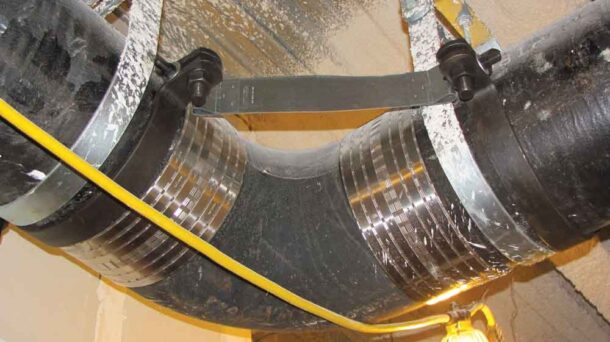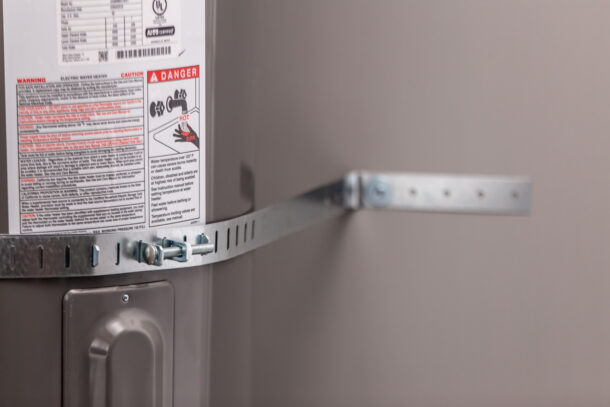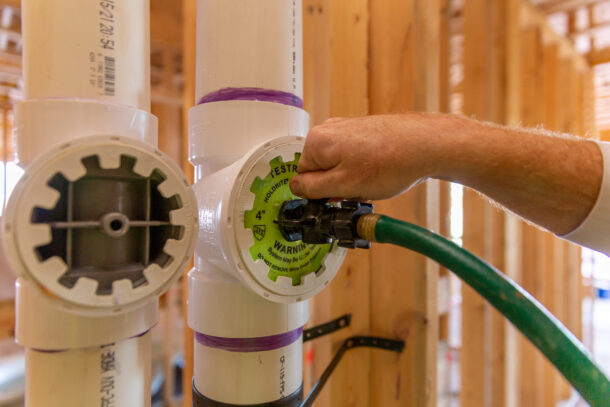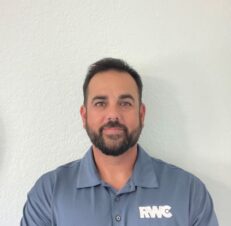Within a 45-year career, a construction worker has a 1-in-200 chance of being fatally injured on the job. But it doesn’t have to be that way. Construction Safety Week serves as a reminder to industry professionals that they should continue to reinforce and follow job site safety procedures to protect themselves and their teams. While this is a great first line of defense, there’s also another way you can create a safer construction site: choosing safe and smart products.
As plumbing and mechanical contractors know, plumbing codes often require an end goal without specific direction on how to get there, which can force you to piece together unreliable makeshift methods that could have serious consequences if installed incorrectly. Even methods and tools that have been around a long time can be outdated to the point that they present safety issues.
By updating your workflow to incorporate modern and engineered solutions, you can better protect yourself on the job while maintaining professional and cost-effective installations. Look for plumbing solutions that comply with code regulations and go above and beyond to address OSHA requirements and eliminate risks associated with field-devised or traditional installation methods.
Those risks vary across products, as do the benefits of using engineered solutions instead. Below are some common makeshift methods for commercial plumbing installations and how using engineered replacements can better protect you on the job.
The risks of common field-devised plumbing installations
Makeshift methods are most common for two kinds of plumbing installations: pipe supports and water heater accessories. But as is the case for all field-built installations, they’re entirely inconsistent, meaning they could fail and cause harm to you or your team. Fortunately, there are better alternatives that are easily accessible and trusted today.

Pipe Supports
The most common pipe supports to be cobbled together are overhead and in-wall pipe supports. In-wall supports are often made from scrap material, such as cut lumber, tin-snipped metal studs, baling wire and random strapping material, while trapeze pipe supports might be fashioned using strut or channel that is manually cut into pieces with a variety of expensive clamp options.
When it comes to no-hub fitting restraints, it’s not uncommon for installers to use different materials like metal banding, angle iron, riser clamps and thread rods, but this is untested, unproven and costly. More specifically, makeshift no-hub fitting restraints usually fail to meet the intent of CISPI standards.
The inconsistent reliability of these makeshift installations means they could fail and cause a potential leak hazard . For in-wall supports, there’s an additional safety hazard from using several power tools to create the final product.
By contrast, several engineered overhead and in-wall supports are made of durable materials like galvanized steel so they’re strong enough to support different applications throughout the entire life of the building, reducing the risk of injury during and after installation.
For no-hub restraints, manufactured solutions take on-site cutting, bending, measuring and modifications out of the picture and replace them with an engineered solution supported by test data, torque data and product specifications that ensure the safety and reliability of the restraint’s design. The result may look something like the HoldRite #117 series, the only no-hub restraint product to have third-party testing data that shows what each product is rated and tested to.

Water Heater Supports
Water heater platforms and seismic restraints are some of the most common water heater accessories assembled in the field. Platforms are sometimes built with wood or steel, while random steel strapping or even plumber’s tape is often used to create an earthquake restraint.
But this offers no engineering data regarding the stability or longevity of the installation, which can lead to injury during installation and, down the line, leaks or even an explosion hazard if natural gas is involved.
On the other hand, professionally manufactured water heater platforms are designed for safety and strength and list explicit weight limits, so you don’t have to wonder if it’ll support the water heater. Some brands, such as HoldRite, have water heater supports that are third-party lab tested to exceed code requirements and are often certified by other entities as well.

The risks of an outdated DWV testing method: fall hazards
One of the biggest downsides of the traditional plumbing ball testing method is that it can create a high risk of falls during testing. If the test ball ruptures, floors and installers get wet. When it’s deflated at the end of the testing process, water can spray out of the test port location, too. Both possibilities create a slip-and-fall hazard on the job, especially in the wintertime.
Alternatives like help keep job site floors dry during testing by allowing system fill-up or drain-down option directly at the test tee and including a triple-seal protection design to ensure a dry, safe environment. This helps minimize slip and fall hazards caused by water or ice on the floor.
At the end of the day, the first step toward better safety is education. Education about the top risks you’re exposed to and how to reduce those risks. But knowledge must be combined with action for the best results. As you follow policies and procedures that protect you, also consider the tools that can increase your safety. Investing in safe and smart products will always pay off.
 Neil Ross is a product manager at RWC — a market leader and manufacturer of water control systems and plumbing solutions for residential, commercial and industrial applications.
Neil Ross is a product manager at RWC — a market leader and manufacturer of water control systems and plumbing solutions for residential, commercial and industrial applications.




Join the conversation: